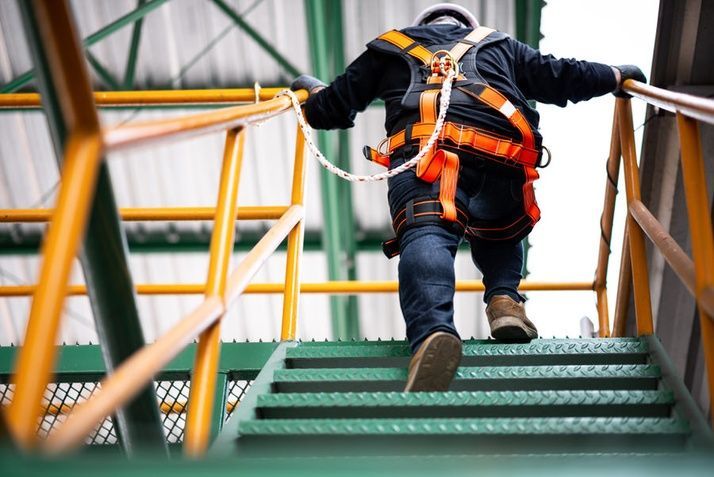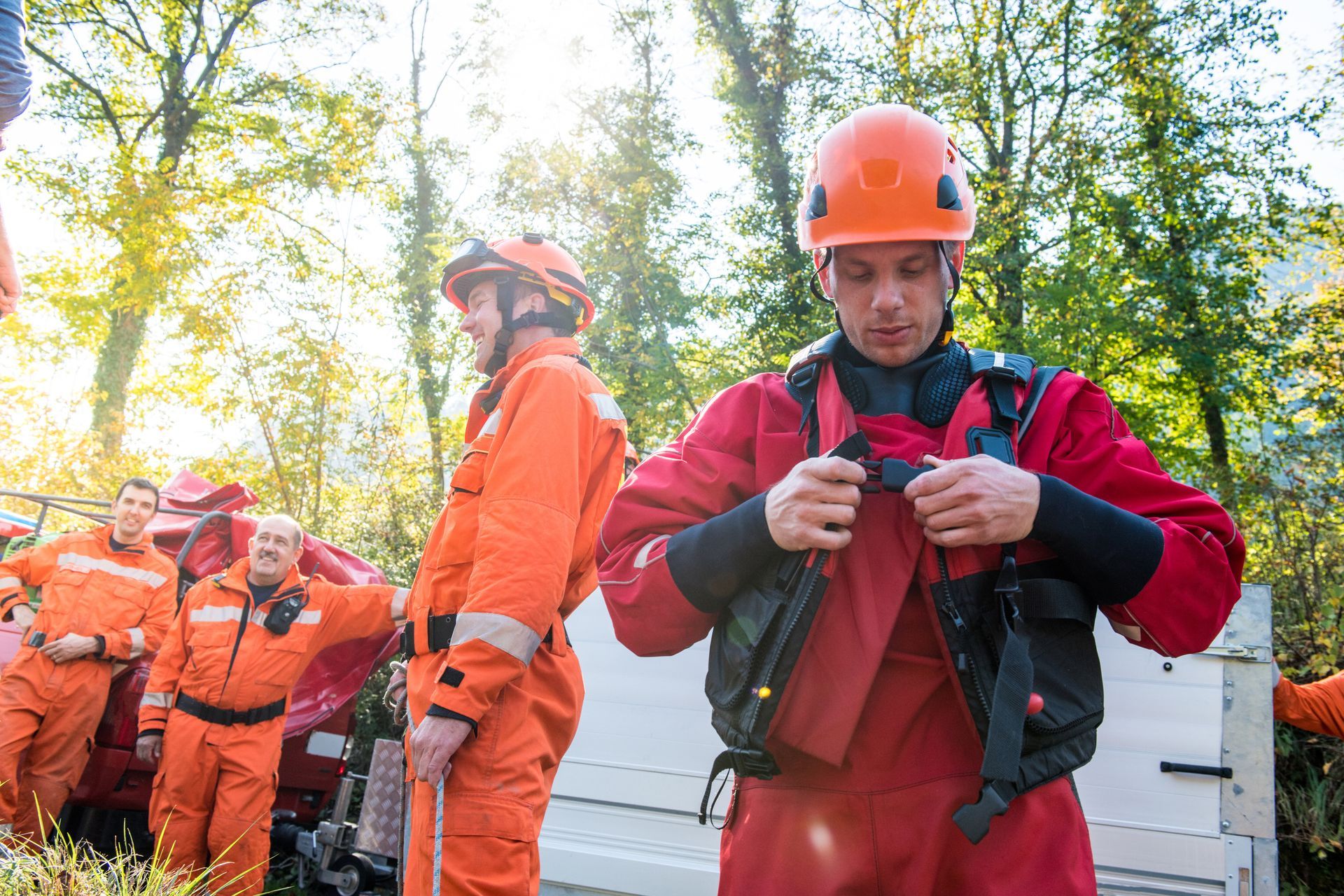Responding to an Emergency
OUR GUIDES
& RESOURCES

It might start with a small patch on your bathroom ceiling or a musty smell in your basement. Your first instinct? Grab some bleach and scrub it away. Problem solved… right? Not quite. Mold is more than just an eyesore—it’s a serious issue that can pose health risks and cause long-term damage to your property. While DIY mold removal might seem like a quick, budget-friendly fix, it often does more harm than good. Here's why tackling mold on your own can be dangerous—and why calling in the pros is the smarter, safer choice. 1. You Might Not Get It All Mold loves to hide. What you see on the surface is often just the tip of the iceberg. It can spread behind walls, under flooring, and in HVAC systems. Cleaning the visible mold without addressing the source means it’s likely to come back—and fast. Why it matters Mold spores can spread during cleaning, making the problem worse. Hidden mold continues to grow even after surface treatment. 2. Improper Removal Can Spread Mold Spores Scrubbing or spraying mold without the right containment methods can send spores flying into the air, where they can spread to other parts of your home. Without proper ventilation control and protective equipment, you could turn a small issue into a whole-house problem. Risks include: Cross-contamination throughout your home Inhaling mold spores, which can irritate your lungs and sinuses 3. Health Hazards Mold exposure can cause serious health issues, especially for children, the elderly, or anyone with allergies, asthma, or weakened immune systems. Common symptoms include: Coughing, sneezing, and sore throat Skin rashes Fatigue and headaches Difficulty breathing DIY efforts often stir up spores and increase your exposure, putting your health at risk. 4. Household Cleaners Aren’t Enough Many people turn to bleach or other common cleaners, thinking it will solve the problem. But surface cleaners can’t penetrate porous materials like drywall, wood, or carpet. Worse, some products may just bleach the mold—making it invisible but not gone. 5. You Could Miss the Root Cause Mold usually forms due to an underlying moisture problem—leaky pipes, poor ventilation, flooding, or roof damage. If you don’t find and fix the source, the mold will keep coming back, no matter how many times you clean it. Why Trusting the Experts Is the Best Option Professional mold remediation specialists don’t just treat the symptoms—they identify the root cause, contain the affected area, and safely remove all traces of mold using industry-approved methods and equipment. When you hire certified mold experts, you get: A full inspection and moisture detection Proper containment to prevent cross-contamination Safe removal using protective gear and air filtration Guidance on how to prevent mold in the future Don’t Take Chances With Your Health or Home DIY mold removal might seem like a quick fix, but it can lead to bigger, more expensive problems down the road. When it comes to mold, it's always best to play it safe and call in the professionals. If you suspect mold in your home, don’t wait. Call our expert team today for a free inspection and let us handle the dirty work—safely, thoroughly, and professionally. Breathe easier knowing your home—and your health—are in good hands.

Water damage can strike when you least expect it—and the results can be devastating. From ruined flooring to harmful mold growth, the costs add up quickly. The good news? Many causes of water damage are preventable with a little proactive maintenance and awareness. Below, we’ll cover the top 5 most common sources of water damage and what you can do to avoid them. 1. Leaking or Burst Pipes Why it happens: Pipes can burst due to freezing temperatures, corrosion, high water pressure, or old age. Even a slow, unnoticed leak can cause serious damage over time. How to prevent it: Insulate pipes in colder areas like basements and crawl spaces. Keep an eye on your water pressure—too high can stress pipes. Replace old pipes before they become a problem. Don’t ignore even small drips—they’re usually the early warning signs. 2. Roof Leaks Why it happens: Damaged shingles, cracked flashing, or clogged gutters can allow water to sneak into your attic and eventually your ceilings and walls. How to prevent it: Inspect your roof at least once a year, and after major storms. Keep your gutters clean so rainwater can drain properly. Fix missing or broken shingles immediately. 3. Appliance Failures Why it happens: Dishwashers, washing machines, refrigerators, and water heaters can all malfunction or wear out, leading to leaks. How to prevent it: Regularly inspect and maintain your appliances. Replace old supply hoses (especially rubber ones) with steel-braided options. Consider installing a water leak detection system near major appliances. 4. Clogged Drains Why it happens: Hair, grease, and debris can clog up your sink, toilet, or tub, leading to backups and overflow. How to prevent it: Avoid pouring grease down your kitchen sink. Use drain screens in showers and sinks. Have a plumber check your drainage system if clogs keep happening. 5. Poorly Sealed Windows and Doors Why it happens: Over time, seals can wear out, especially in older homes, allowing rainwater to seep in. How to prevent it: Reseal windows and doors every few years or when gaps become visible. Check for signs of moisture or water stains around frames. Consider storm windows or doors for added protection. Don't Wait Until It's Too Late Water damage can quickly spiral into a much bigger issue—causing structural problems, mold growth, and thousands in repairs. The key is prevention and fast action when something does go wrong. If you're dealing with water damage right now, or want to get a professional inspection before disaster strikes, we're here to help. Our expert team offers 24/7 emergency water damage restoration, as well as preventative assessments to give you peace of mind. Protect your home before water damage takes hold— reach out now and let the experts handle it.
